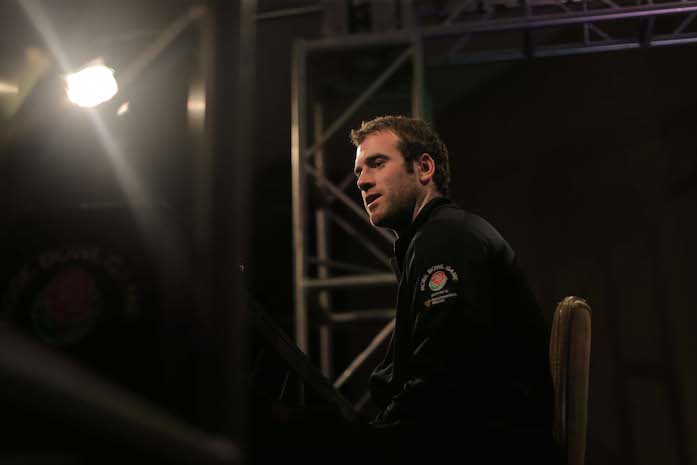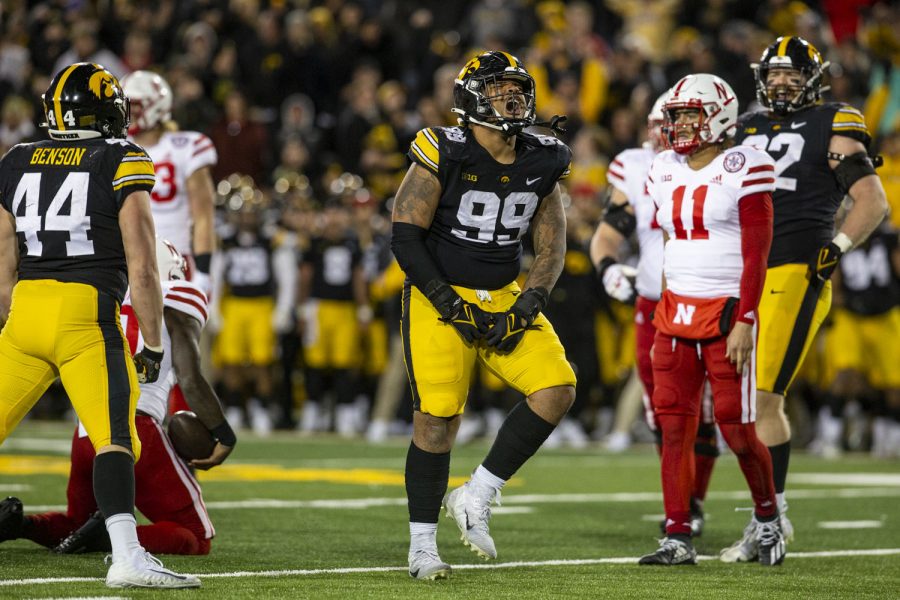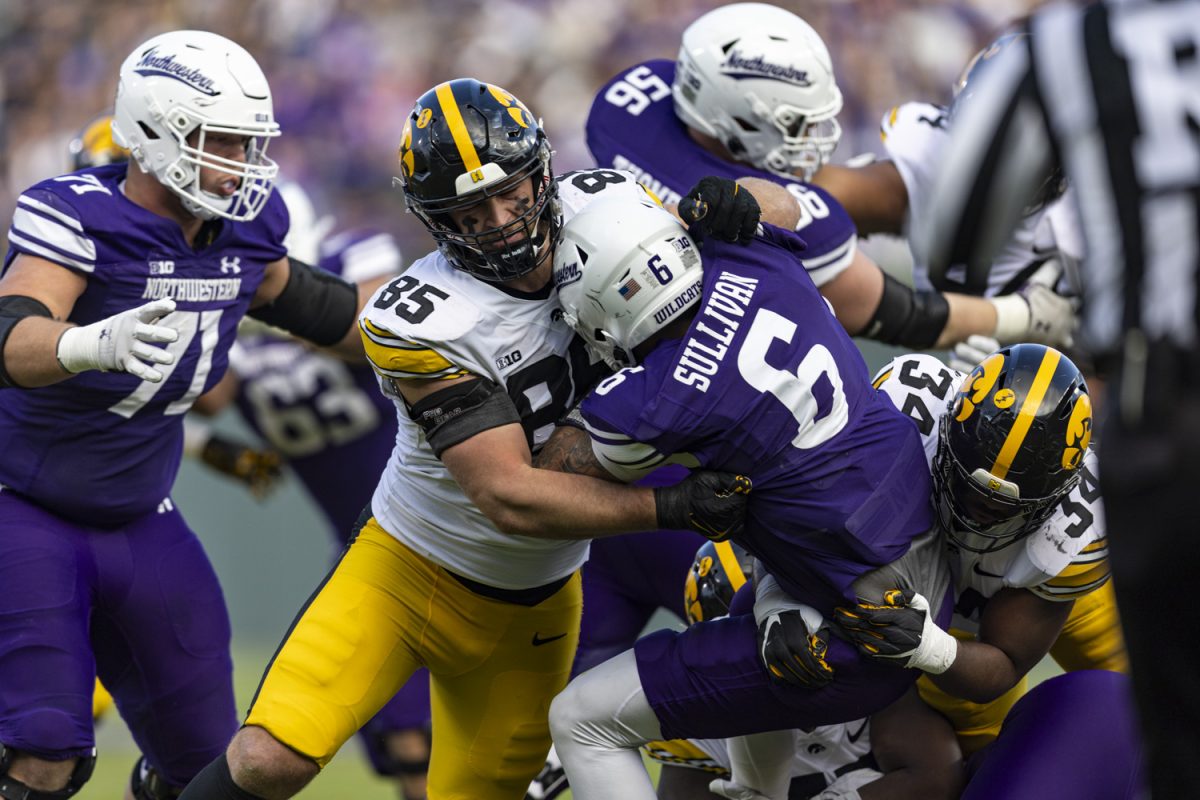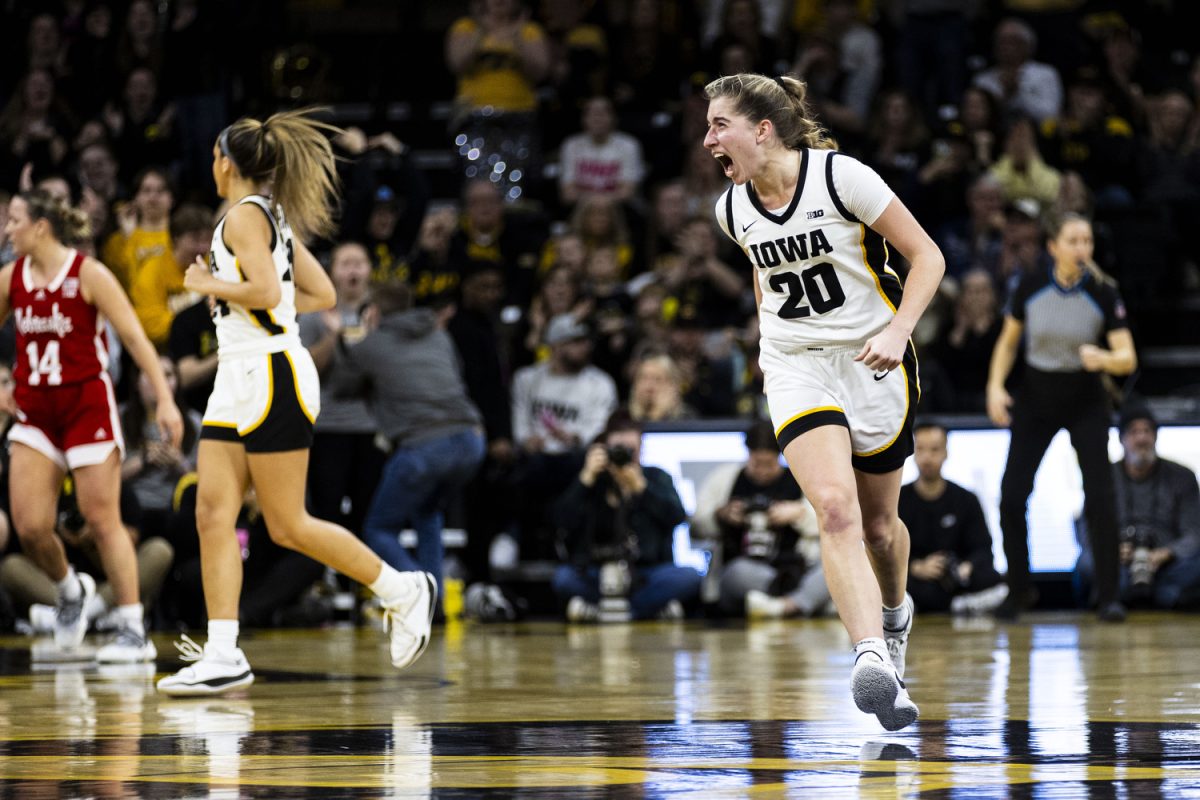How does a Big Ten defense stop a ‘Big Ten offense,’ and how does a ‘Big Ten’ offense prepare for a Big Ten defense?
By Danny Payne
[email protected]
LOS ANGELES — You’ve heard it all throughout this bowl season — Stanford is the most Big Ten team the Pac-12 has. The Cardinal run the power offense, they’re physical, they don’t do anything elaborate. It’s tough, hard-nosed football.
But what makes that possible? How does a power offense become a power offense, and what makes No. 6 Stanford so good at running said power offense?
“The hardest thing for an offensive line, from what I’ve heard, is when they get looks where guys aren’t where you think they’re supposed to be and then trying to get everyone to block the right people,” Iowa linebacker Cole Fisher said. “A combination of that and their back, who waits for gaps to open; with a power offense, everything is going to be muddy, then there’s that split second and the hole is open. When you [execute] those two together, I think they’ve shown they’re a force to be reckoned with.”

That’s quite a bit to unpack, but gives us a good look into the biggest aspect of the Jan. 1 Rose Bowl between Stanford and No. 5 Iowa. Let’s start with the first half.
Much like the Hawkeyes, other teams know what they’re going to get with Stanford — no gimmicks, just “You know what we’re going to do, now try to stop us” football. While the Cardinal are a bit different because quarterback Kevin Hogan will call a few plays in the huddle and choose one when he sees the defense at the line of scrimmage, both offenses are similar. The Hawkeyes will likely try to get Hogan, a four-year-starter, off his game by sprinkling in some of the raider package. Other than that, Iowa will stay in its basic defense.
In a game like this, which will likely be won at the line of scrimmage, discipline is key. To stop the Cardinal attack, the Hawkeyes must read keys and keep gap control, the latter of which is exactly what Stanford wants to keep Iowa from doing.
“Whenever you go against guys like [Iowa’s], who are big, strong, physical 2-gappers, it’s all about balance,” Outland Trophy winner Josh Garnett said. “You can’t come off the ball as hard as you want, you can’t just put your head down and fly off the ball.
“You have to come with a great punch, with great technique … You have to know when they’re going to shed you, where they’re going to shed you, and you have to be technically sound.”
While Garnett and his fellow offensive linemen will play Iowa that way, the second part of what Fisher described is just as important as the first. Considering its opponent has Heisman Trophy runner-up Christian McCaffrey in the backfield, it makes the aforementioned defensive techniques that much more important for the Hawks.
As Fisher said, holes are there for a brief moment, and they’re gone. Part of what’s made McCaffrey the back he is, in addition to excellent physical skills, is his patience, said offensive coordinator Mike Bloomgren. He said studying the Philadelphia Eagles in the off-season helped McCaffrey excel in that area.

“When you watched LeSean McCoy in that system a year ago, he was so good at being patient behind the line of scrimmage and then foot in the ground, gone,” Bloomgren said. “As you talk about the power scheme, that’s something where you want to be able to keep it tight. You want to be able to go, A-gap, A-gap, A-gap, B-gap, B-gap, B-gap, C-gap, C-gap, C-gap, and have the patience to do that.
“… It takes a lot of trust not to get the ball and want to be in a hurry.”
It’s funny Bloomgren mentioned trust, because that’s the ultimate key in all of this. Each team has to trust its own technique, and because they play the Big Ten style of football, trusting the way they’ve played all season is going to determine which squad hoists the Rose Bowl trophy.
“This game is going to fall back on who plays the better fundamental football,” Fisher said. “There’s not going to be anything crazy; I don’t know how many explosive plays there are going to be.
“It’s going to be fundamental football that wins the game.”
Follow @dannyapayne on Twitter for Iowa football news, updates, and analysis.










